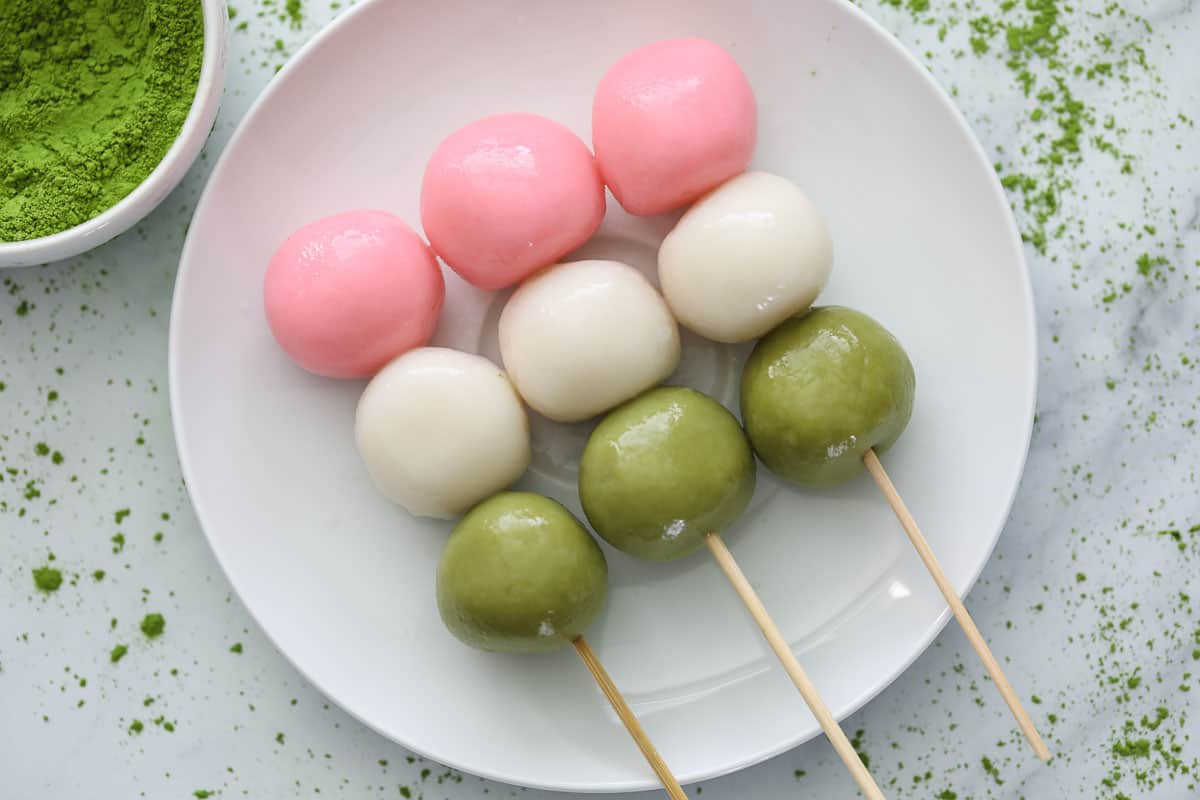

Articles
How To Store Dango
Modified: January 5, 2024
Learn the best ways to store dango with these informative articles. Find out how to keep your dango fresh and delicious for longer.
(Many of the links in this article redirect to a specific reviewed product. Your purchase of these products through affiliate links helps to generate commission for Storables.com, at no extra cost. Learn more)
Introduction
Welcome to this comprehensive guide on how to store dango!
Dango is a traditional Japanese sweet treat made from mochiko (rice flour) and often served on skewers. It has gained popularity all over the world for its irresistible chewy texture and delightful taste. Whether you have purchased dango from a store or made it at home, properly storing it is essential to maintain its freshness and quality.
In this article, we will explore the different types of dango, guide you on choosing the right dango, and provide you with expert tips on how to store it to ensure it stays delicious and enjoyable for as long as possible.
So, whether you’re a dango enthusiast looking to expand your knowledge or simply someone who wants to ensure their dango stays fresh and tasty, keep reading to learn the best practices for storing this delectable treat.
Key Takeaways:
- Properly storing dango is essential for maintaining its freshness and flavor. Whether at room temperature, in the refrigerator, or freezer, follow specific storage techniques to enjoy this delightful treat at its best.
- Choosing the right dango, wrapping it tightly, and labeling containers are key to preserving dango’s quality. Whether enjoying classic flavors or unique variations, proper storage ensures a delightful dango experience.
Read more: How To Store Store-Bought Bread
What is Dango
Dango is a traditional Japanese sweet made from a mixture of mochiko (sweet rice flour) and water. It is typically shaped into small, bite-sized balls and skewered onto bamboo sticks. Dango is a popular treat enjoyed during various festivities, such as hanami (cherry blossom viewing) parties and other traditional celebrations in Japan.
One of the most distinguishing features of dango is its unique texture. When properly cooked, dango has a soft and chewy consistency, making it delightfully satisfying to bite into. The flavor of dango can vary depending on the ingredients used, with options ranging from plain and subtle to vibrant and sweet.
Dango comes in a variety of flavors, colors, and toppings, showcasing the creativity and diversity of Japanese culinary traditions. Some common types of dango include:
- Mitarashi Dango: These dango balls are coated in a sweet and savory soy sauce glaze. The glaze is often made with soy sauce, sugar, and mirin, a type of sweet rice wine.
- Anko Dango: Anko, or sweet red bean paste, is a popular filling for many Japanese sweets. Anko dango features dango balls filled with a generous amount of sweet red bean paste.
- Yomogi Dango: Yomogi is a type of Japanese herb called mugwort. Yomogi dango incorporates yomogi into the dango dough, giving it a vibrant green color and a slightly earthy flavor.
- Kinako Dango: Kinako is a roasted soybean flour that is often used as a topping or coating for dango. Kinako dango is coated in a generous dusting of kinako, adding a nutty and slightly sweet flavor.
- Sakura Dango: Sakura dango is a seasonal variation that is often enjoyed during hanami season. It features dango balls colored and flavored with cherry blossom petals or sakura essence.
These are just a few examples of the wide range of dango varieties available. Each type offers a unique taste experience, making dango a versatile and enjoyable treat for people of all ages.
Now that we have a better understanding of what dango is and the various types available, let’s explore how to choose the right dango and ensure its proper storage.
Common Types of Dango
Dango is a versatile treat that comes in various flavors and styles. Here are some of the most common types of dango that you might come across:
- Mitarashi Dango: This is one of the most popular types of dango. It consists of skewered mochiko balls that are glazed with a sweet and savory sauce made from soy sauce, sugar, and mirin. The glaze gives the dango a rich, caramel-like flavor.
- Anko Dango: Anko refers to sweet red bean paste, and anko dango is made by wrapping mochiko dough around a small amount of anko filling. These dango are typically served with a drizzle of sweet soy sauce or a dusting of kinako (roasted soybean flour).
- Yomogi Dango: Yomogi is a type of Japanese herb known as mugwort. Yomogi dango incorporates finely ground yomogi leaves into the mochiko dough, giving it a vibrant green color and a subtle earthy flavor. It is often enjoyed during springtime when yomogi leaves are in season.
- Kinako Dango: Kinako is a roasted soybean flour that is commonly used as a coating or dip for dango. Kinako dango consists of plain mochiko balls that are rolled in kinako, creating a nutty and slightly sweet taste. It’s a simple and comforting variety loved by many.
- Sakura Dango: Sakura dango is a seasonal treat that is associated with cherry blossoms in Japan. It features dango balls that are colored and flavored with cherry blossom petals or sakura essence. Sakura dango is often enjoyed during hanami (cherry blossom viewing) parties in the spring.
- Shoyu Dango: Shoyu dango is a savory variation of dango that is not as sweet as other types. It is made by boiling mochiko balls and then serving them with a dipping sauce made from soy sauce, dashi broth, and sometimes mirin. It is a popular choice for those who prefer less sweetness in their dango.
These are just a few examples of the many types of dango available. The choice of dango may vary depending on personal preference and the occasion. Whether you’re in the mood for a sweet and savory combination like mitarashi dango or a more traditional flavor like anko dango, there’s a dango variety out there to satisfy your cravings.
Now that we’re familiar with the common types of dango, let’s dive into the next step: choosing the right dango for storage.
Choosing the Right Dango
When it comes to choosing the right dango for storage, there are a few factors to consider. Here are some tips to help you make the best selection:
- Freshness: Opt for fresh dango whenever possible. Check for any signs of staleness or discoloration, as these can indicate that the dango is past its prime. If you’re purchasing dango from a store or bakery, inquire about its freshness and try to choose the most recently made batch.
- Quality Ingredients: Pay attention to the quality of the ingredients used in the dango. Look for dango made from high-quality mochiko (sweet rice flour) and other natural ingredients. Avoid dango that contains excessive preservatives or artificial additives.
- Flavor Preference: Consider your personal taste preferences when choosing dango. Whether you prefer sweet dango with fillings like anko (sweet red bean paste) or savory dango with soy sauce glaze, select the type that suits your cravings.
- Traditional vs. Creative Varieties: Decide whether you want to go for traditional dango flavors or try out unique and creative variations. Traditional flavors like mitarashi and anko dango are classic choices, while experimental flavors like yomogi or matcha dango offer a modern twist.
- Occasion: Consider the occasion for which you’re purchasing or making dango. Some dango varieties, like sakura dango, are perfect for springtime celebrations. Others, like kinako dango, are great for everyday snacking. Choose dango that complements the theme or purpose of the event.
By taking these factors into account, you can ensure that you choose the right dango that aligns with your preferences and storage needs.
Now that we’ve covered the factors to consider when choosing dango, let’s dive into the essential techniques for storing dango to maintain its freshness and flavor.
Proper Storage Techniques
To keep your dango fresh, it’s important to follow proper storage techniques. Here are some guidelines to ensure your dango stays delicious for as long as possible:
- Wrap it tightly: If you have unopened dango from the store, keep it in its original packaging to maintain freshness. Make sure the packaging is tightly sealed to prevent air exposure and moisture loss.
- Airtight containers: If you have opened dango or have made it at home, transfer it to an airtight container. This will help to maintain the texture and prevent drying out. Choose a container that is just the right size for the amount of dango you have, reducing the empty space inside the container. This will minimize air circulation and preserve the quality of the dango.
- Refrigeration or Freezing: Depending on your preference and the shelf life you desire, you can store dango in either the refrigerator or the freezer.
- Labeling: If you’re storing different types of dango or batches, consider labeling the containers with the type and date. This will help you keep track of the freshness and make it easier to identify which dango to consume first.
Now, let’s explore the specific storage techniques for dango at room temperature, in the refrigerator, and in the freezer.
Read more: How To Store Basil From Grocery Store
Storing Dango at Room Temperature
Storing dango at room temperature is a suitable option if you plan to consume it within a day or two. Here are the steps to follow:
- Keep it in a cool, dry place: Find a spot in your kitchen or pantry away from direct sunlight, heat sources, and excessive humidity. Avoid placing dango near the stove, oven, or other appliances that emit heat.
- Wrap it properly: If your dango comes in individual packaging, make sure to keep it sealed. For homemade or unpackaged dango, wrap it tightly in plastic wrap or place it in a resealable plastic bag. This helps to protect the dango from moisture and maintain its freshness.
- Consume it within a day or two: Since dango stored at room temperature is more susceptible to spoilage, it’s best to consume it within a day or two to ensure its quality and taste.
Remember, room temperature storage is ideal only for short-term storage, so plan accordingly to enjoy your dango at its best.
Now, let’s explore the option of refrigerating dango for longer freshness.
Store dango in an airtight container in the refrigerator for up to 3 days. To prevent sticking, place a piece of parchment paper between each dango.
Refrigerating Dango
If you want to extend the shelf life of your dango, refrigeration is a great option. Here’s how to properly refrigerate your dango:
- Transfer to an airtight container: Place your dango in an airtight container to prevent it from drying out or absorbing any odors from other foods in the refrigerator. Choose a container that is appropriately sized, leaving minimal empty space.
- Label the container: If you have different types of dango or multiple batches, consider labeling the container with the type and date. This helps you keep track of the freshness and ensures you consume the oldest dango first.
- Store on a shelf: Place the container of dango on a refrigerator shelf where it won’t be crushed or disturbed. Avoid placing it near items with strong odors, as dango can absorb and retain odors easily.
- Consume within 3-5 days: Refrigerated dango can maintain its quality and flavor for up to 3-5 days. However, it’s always best to consume it as soon as possible to enjoy its optimal taste and texture.
Refrigeration helps to keep the dango fresh and slows down the growth of any bacteria. Just make sure to keep it properly sealed and consume it within the recommended timeframe.
Next, let’s explore the option of freezing dango for long-term storage.
Freezing Dango
If you’re looking to store dango for an extended period, freezing is the best option. Freezing helps preserve the freshness and texture of the dango. Follow these steps to freeze your dango:
- Wrap individual pieces: If your dango is not individually packaged, wrap each piece tightly in plastic wrap or place them in separate resealable plastic bags. This prevents them from sticking together and makes it easier to thaw only the desired amount.
- Place in a freezer-safe container: Arrange the wrapped dango in a freezer-safe container or freezer bag. Make sure to remove as much air as possible to minimize the risk of freezer burn.
- Label and date: It’s important to label the container or bag with the type of dango and the date it was frozen. This ensures that you can easily identify and consume the oldest dango first.
- Store in the freezer: Place the container of dango in the freezer, preferably in a section where it won’t be crushed or disturbed. Keep in mind that dango can be stored in the freezer for up to three months, but the sooner you consume it, the better the taste and texture will be.
When you’re ready to enjoy your frozen dango, follow the next section on thawing frozen dango.
Freezing dango is a great way to have a convenient supply on hand whenever you’re in the mood for this delightful treat.
Now, let’s proceed to the steps for thawing frozen dango.
Thawing Frozen Dango
Thawing frozen dango properly is crucial to maintain its texture and flavor. Follow these steps to thaw your frozen dango:
- Remove from the freezer: Take the container or bag of frozen dango out of the freezer.
- Thaw at room temperature: Let the dango thaw at room temperature for about 30 minutes to an hour. This allows it to soften and reach a more enjoyable texture.
- Consume or reheat: Once the dango has thawed, you can either consume it as is, or if you prefer warm dango, you can reheat it using various methods.
- Reheating options: To warm up the dango, you can lightly microwave it for a few seconds or steam it in a steamer for a few minutes until it reaches your desired warmth. Avoid overcooking or overheating as it can result in a loss of texture.
- Enjoy: Once the dango is thawed and optionally reheated, it’s ready to be enjoyed. Serve it as a standalone treat or pair it with a cup of tea for a delightful experience.
Thawing frozen dango allows it to regain its soft and chewy texture, making it just as enjoyable as when it was freshly made. Just remember to consume the dango soon after thawing to ensure the best taste and quality.
We’ve covered the steps for properly thawing frozen dango. Now, let’s explore some tips for maintaining the freshness and texture of dango even after storage.
Read more: How To Store Jordans
Maintaining Freshness and Texture
To ensure that your stored dango remains fresh and maintains its desired texture, here are some additional tips to consider:
- Seal tightly: Whether you’re storing dango at room temperature, in the refrigerator, or in the freezer, make sure that the container or packaging is tightly sealed. This will prevent air exposure and moisture loss, helping to preserve the quality of the dango.
- Keep away from strong odors: Dango easily absorbs odors from other foods, so it’s best to store it away from strong-smelling items in the refrigerator or pantry. Consider using an airtight container or wrapping the dango multiple times to prevent any odor transfer.
- Consume within recommended timeframes: While dango can be stored for different periods depending on the storage method, it’s always best to consume it within the recommended timeframes. This ensures that the dango is enjoyed at its freshest and retains its desired texture.
- Properly reheat if desired: If you choose to reheat stored dango, be mindful of the method and duration. Overcooking or overheating can lead to a loss of texture. Aim for a gentle reheating process to maintain the soft and chewy consistency.
- Rotate storage: If you have multiple batches or types of dango, rotate the containers or packaging to ensure that older dango is consumed first. This helps to minimize any potential wastage and ensures optimal freshness.
By following these tips, you can ensure that your stored dango remains fresh, flavorful, and delicious for as long as possible.
Now that we’ve explored the various storage techniques and tips for maintaining dango’s freshness, let’s wrap up this comprehensive guide.
Conclusion
Congratulations! You have now learned the key techniques for storing dango to maintain its freshness and texture. Whether you prefer classic flavors like mitarashi or anko, or enjoy exploring unique variations like yomogi or sakura dango, proper storage ensures that your dango remains delicious and enjoyable.
Remember to consider the freshness, quality ingredients, and your personal taste preferences when choosing dango. Whether you decide to store it at room temperature, in the refrigerator, or in the freezer, be sure to follow the specific storage instructions to maximize its shelf life.
By wrapping dango tightly, using airtight containers, and labeling them properly, you can easily keep track of different types and batches of dango, ensuring that you consume them in a timely manner.
Whether you’re celebrating a special occasion or simply craving a sweet treat, dango is a delightful choice. By properly storing and preserving your dango, you can enjoy its soft, chewy texture and distinct flavors whenever you desire.
So go ahead and indulge in the wonderful world of dango. With the knowledge you have gained, you can confidently store your dango and savor its deliciousness to the fullest.
Thank you for joining us on this dango storage journey. Happy snacking!
Frequently Asked Questions about How To Store Dango
Was this page helpful?
At Storables.com, we guarantee accurate and reliable information. Our content, validated by Expert Board Contributors, is crafted following stringent Editorial Policies. We're committed to providing you with well-researched, expert-backed insights for all your informational needs.



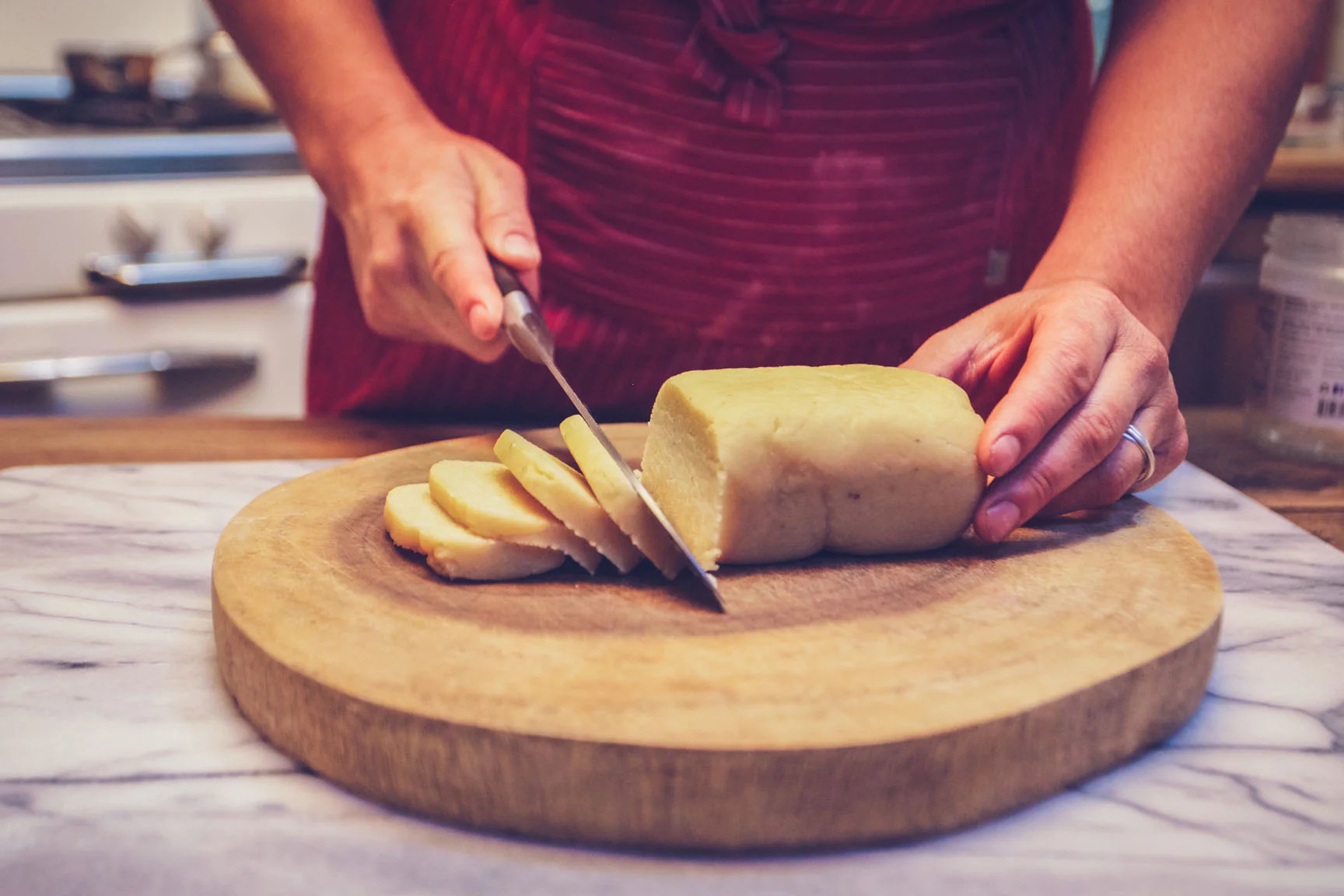



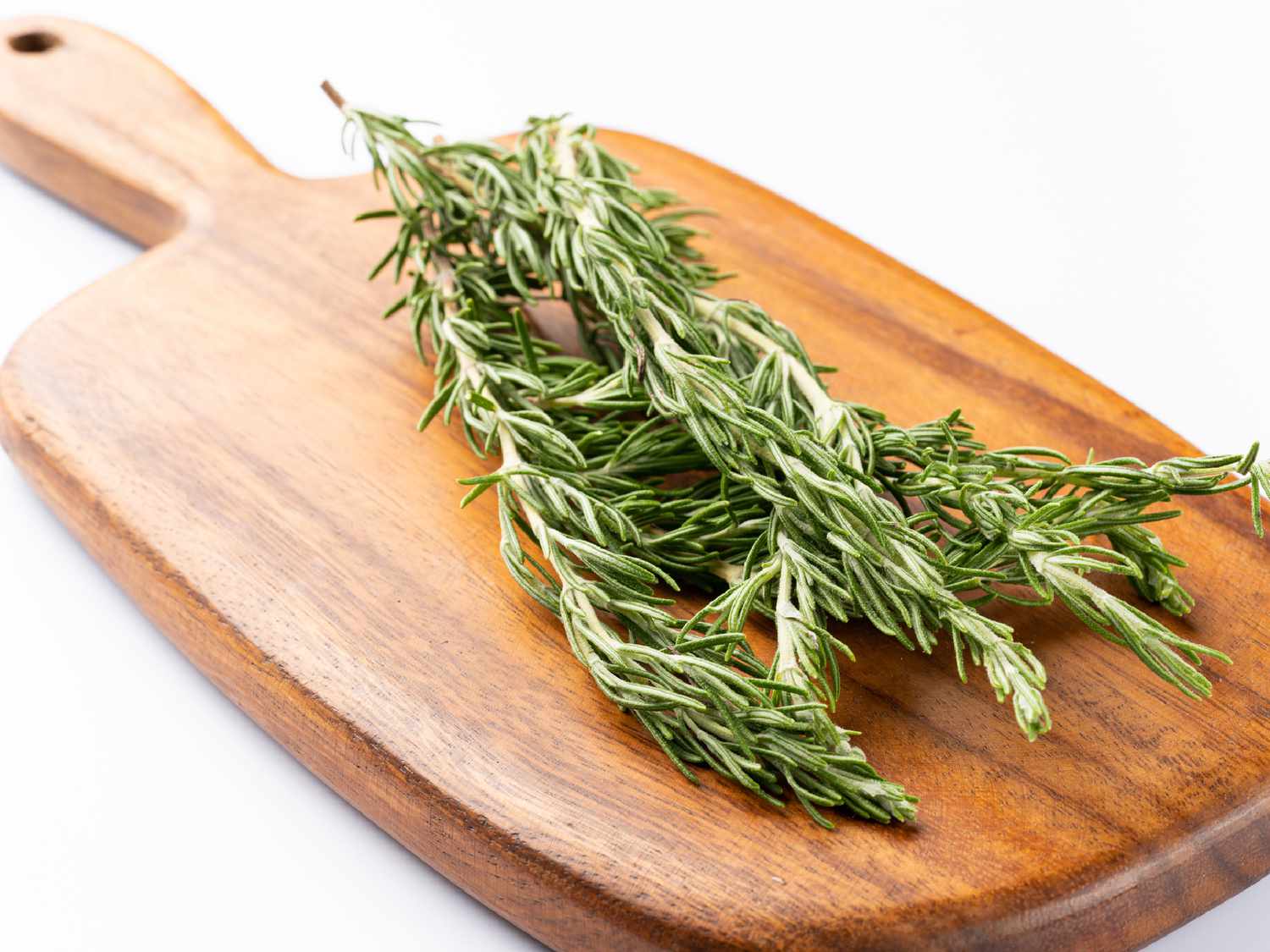
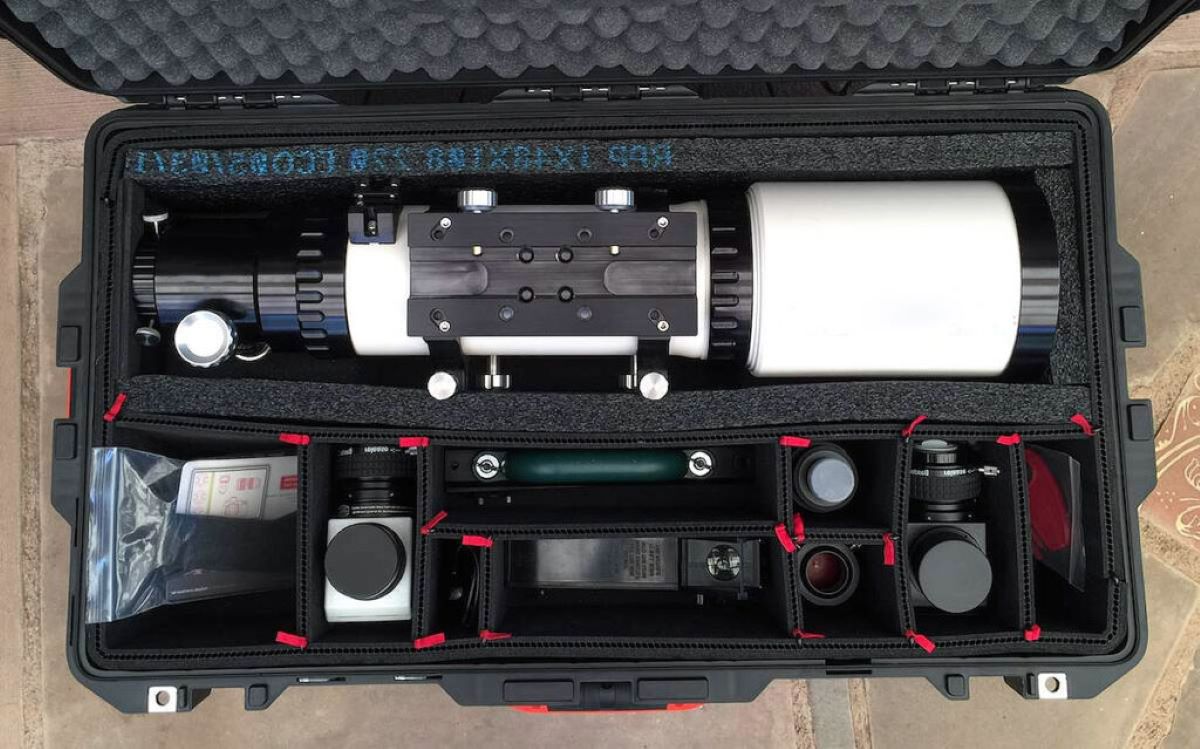


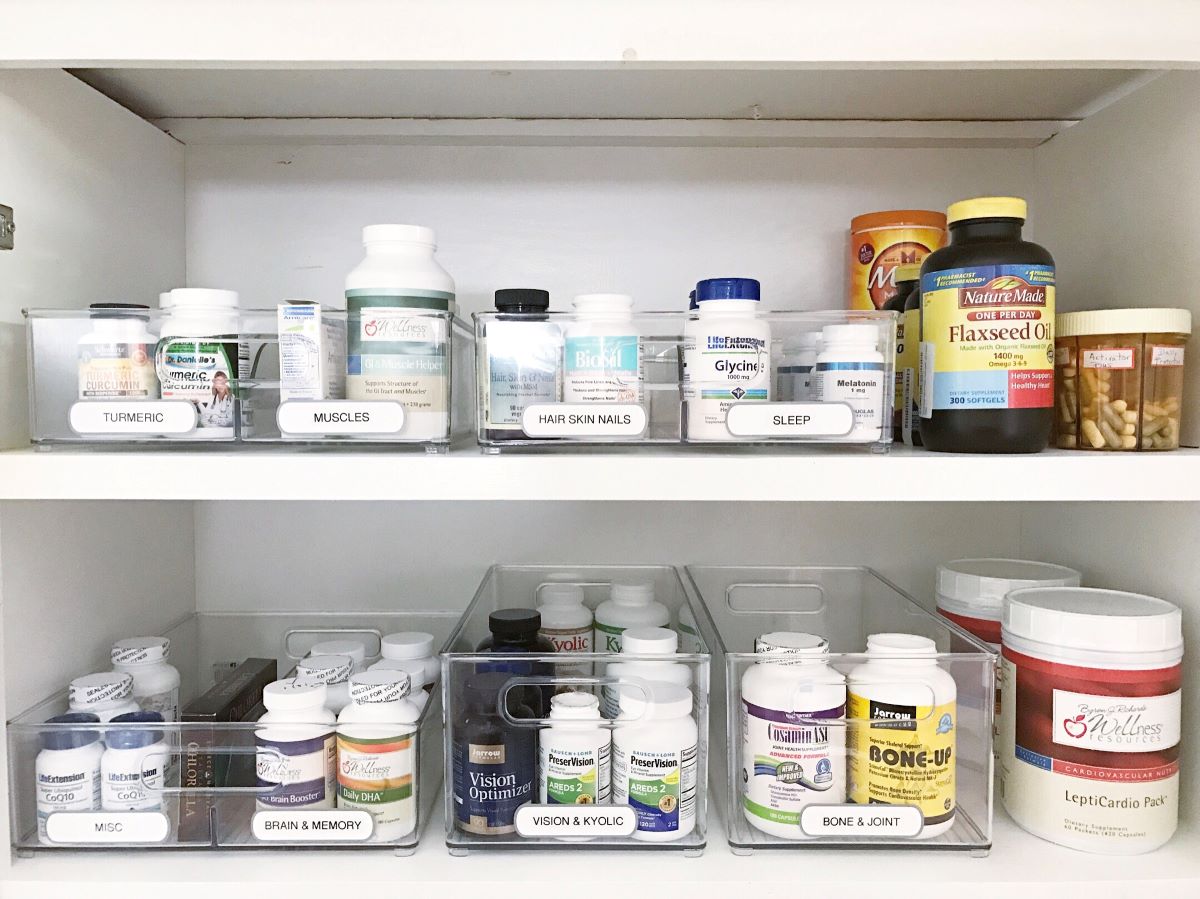


0 thoughts on “How To Store Dango”